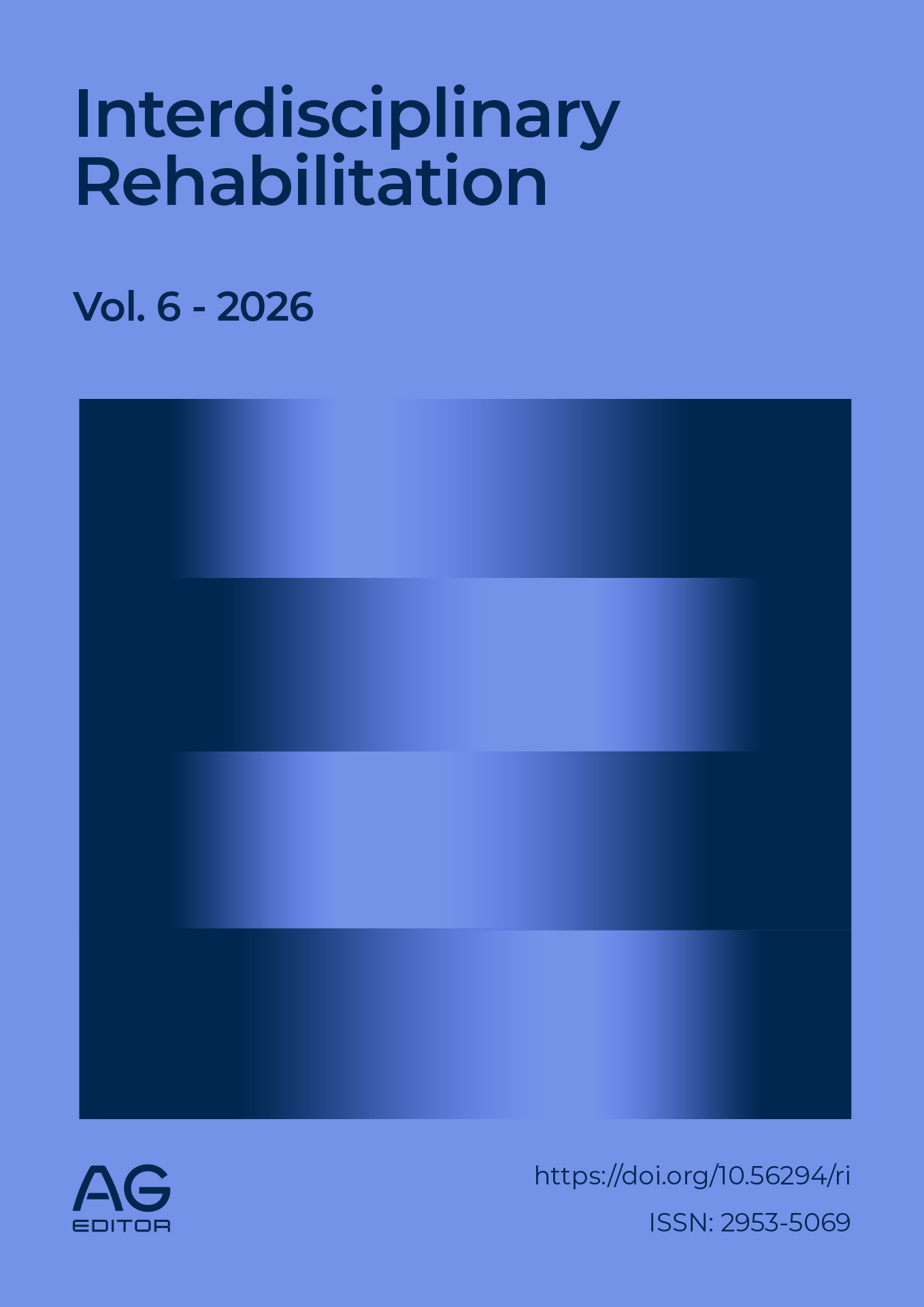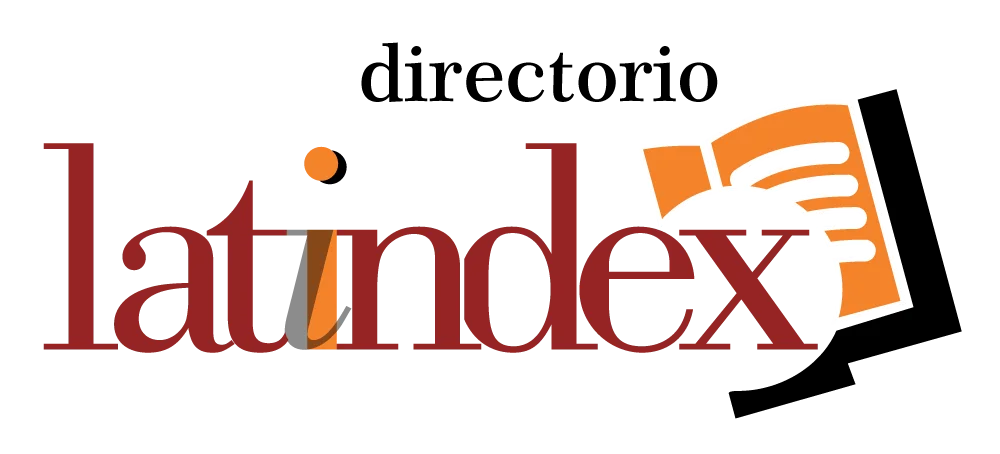Effects of Self-Stretching vs. Gym Ball Exercises for Managing Lower Back Pain Among Young Adult Male Gym Goers: A Randomized control trial
DOI:
https://doi.org/10.56294/ri2026227Keywords:
Newbie gym-goers, lower back pain, stretching exercises, Gym Ball exercisesAbstract
Introduction: Low back pain was common among beginner gym-goers due to unfamiliar movement patterns, poor technique, and adaptation to equipment. Although self-stretching was a simple, self-directed intervention, its effectiveness compared with guided methods such as Swiss ball-assisted stretching remained unclear.
Methods: Sixty young adult males (18–30 years) with less than six months of gym experience and mild to moderate low back pain were randomly allocated to either a self-stretching group (Cat-Cow, Seated Forward Bend, Child’s Pose, Standing Hamstring, and Lower Back Rotational Stretch) or a Swiss ball-assisted stretching group. Both groups underwent a six-week program. Pain intensity, flexibility, and functional mobility were assessed using the Visual Analogue Scale (VAS), Sit-and-Reach test, and Oswestry Disability Index (ODI).
Results: The self-stretching group demonstrated significantly greater improvements compared with the Swiss ball-assisted stretching group in VAS (p = 0.014), ODI (p = 0.007), and Sit-and-Reach scores (p = 0.008).
Conclusions: Self-stretching proved to be more effective than Swiss ball-assisted stretching in reducing pain, improving flexibility, and enhancing functional mobility among beginner gym-goers.
References
1. BD 2017 Disease and Injury Incidence and Prevalence Collaborators. Global, regional, and national incidence and prevalence of diseases and injuries, 1990–2017: a systematic analysis. Lancet. 2018;392(10159):1789–1858.
2. Wu A, March L, Zheng X, et al. Global low back pain prevalence and years lived with disability. Ann Transl Med. 2020;8(6):299.
3. Maher C, Underwood M, Buchbinder R. Non-specific low back pain. Lancet. 2017;389(10070):736–47.
4.Qaseem A, Wilt TJ, McLean RM, Forciea MA. Non-invasive treatments for acute, subacute, and chronic low back pain: A clinical practice guideline. Ann Intern Med. 2017;166(7):514–30. doi:10.7326/M16-2367
5.Qaseem A, McLean RM, O’Gurek D, Batur P, Lin K, Kansagara DL. Nonpharmacologic and pharmacologic management of acute pain from non–low back musculoskeletal injuries in adults: A clinical guideline. Ann Intern Med. 2020;173(9):739–48. PMID: 32805126 doi:10.7326/M19-3602
6. Foster NE, Anema JR, Cherkin D, et al. Prevention and treatment of low back pain: evidence, challenges, and promising directions. Lancet. 2018;391(10137):2368–83.
7.Chaudhary S, Singh P, Verma A, et al. Prevalence of low back pain among gym-goers: A cross-sectional study. Int J Orthop Sci. 2020;6(2):120–3.
8. Sørensen CJ, Nielsen RO, Langberg H, et al. Training load and musculoskeletal injury risk in fitness novices: A prospective study. BMJ Open Sport Exerc Med. 2021;7(1):e000958.
9.Hamlyn N, Behm DG, Young WB. Trunk muscle activation during dynamic weight-training exercises. J Strength Cond Res. 2007;21(4):1108–12.
10.Park DJ, Kim JH, Lee H, et al. Influence of training supervision and exercise technique on injury prevention in novice lifters. J Sports Med Phys Fitness. 2023;63(1):52–8.
11.Pincus T, Burton AK, Vogel S, Field AP. Fear avoidance and prognosis in back pain: a systematic review and synthesis of current evidence. Arthritis Rheum. 2002;47(3):372–84.
12.Geneen LJ, Moore RA, Clarke C, et al. Physical activity and exercise for chronic pain in adults: an overview of Cochrane Reviews. Cochrane Database Syst Rev. 2017;4:CD011279.
13.Goupille P, Jousset N, Ruggeri S, et al. Risk factors for low back pain in people who start physical activity: a prospective cohort study. Eur Spine J. 2017;26(1):56–63. doi:10.1007/s00586-016-4782-1
14.Page P. Current concepts in muscle stretching for exercise and rehabilitation. Int J Sports Phys Ther. 2012;7(1):109–19.
15.Shariat A, Lam ETC, Shaw I, et al. The impact of dynamic stretching versus static stretching on functional performance in low back pain. Physiother Theory Pract. 2018;34(9):689–97.
16.Sadeghi M, Rahnama N, Ghasemi G, et al. Effects of stretching on flexibility and pain in young adults with low back discomfort. J Back Musculoskelet Rehabil. 2022;35(1):85–90.
17.Zheng Y, Zhang Q, Wang Y, et al. A comparative analysis of therapeutic exercise types for chronic low back pain: Meta-analysis. J Rehabil Med. 2023;55:jrm00321.
18.Behm DG, Drinkwater EJ, Willardson JM, Cowley PM. The use of instability to train the core musculature. Appl Physiol Nutr Metab. 2010;35(1):91–108. doi:10.1139/H09-127
19.Vera-Garcia FJ, Grenier SG, McGill SM. Abdominal muscle response during curl-ups on both stable and labile surfaces. Phys Ther. 2000;80(6):564–9. doi:10.1093/ptj/80.6.564
20.Akuthota V, Nadler SF. Core strengthening. Arch Phys Med Rehabil. 2004;85(3 Suppl 1):S86–92. doi:10.1016/j.apmr.2003.12.005
21.Hossain M. Validity and reliability of the Visual Analogue Scale (VAS) for pain measurement. ResGate. 2019. Available from: https://www.researchgate.net/publication/370776477
22.Zanevskyy I, Zanevska L, et al. Evaluation in the Sit-and-Reach Flexibility Test. J Test Eval. 2017;45(2):346–55. doi:10.1520/JTE20150298
23.Nageswari C, Meena N, Gupta S, Thillaieaswaran B. The effectiveness of Pilates exercise training on selected post-menopausal women with non-specific low back pain in improving pain, flexibility and endurance: a pilot study. Int J Biosci. 2024;24(3):141–9. doi:10.12692/ijb/24.3.141-149
24.Kendall FP, McCreary EK, Provance PG, Rodgers MM, Romani WA. Muscles: Testing and Function, with Posture and Pain. 5th ed. Philadelphia: Lippincott Williams & Wilkins; 2005.
25.Page P, Frank CC, Lardner R. Assessment and Treatment of Muscle Imbalance: The Janda Approach. Champaign: Human Kinetics; 2010.
26.Nageswari C, Meena N, Gupta S, Thillaieaswaran B. Effect of Pilates exercises on pain, endurance, quality-of-life, and disability in postmenopausal women with low back pain. Musculoskeletal Care. 2025;23(1). doi:10.1002/msc.70071
27.Kisner C, Colby LA. Therapeutic Exercise: Foundations and Techniques. 6th ed. Philadelphia: F.A. Davis Company; 2012.
28.Field T. Yoga clinical research review. Complement Ther Clin Pract. 2011;17(1):1–8. doi:10.1016/j.ctcp.2010.09.007
29.Sherman KJ, Cherkin DC, Erro JH, Miglioretti DL, Deyo RA. Comparing yoga, exercise, and a self-care book for chronic low back pain: a randomized controlled trial. Ann Intern Med. 2005;143(12):849–56. doi:10.7326/0003-4819-143-12-200512200-00003
30.Anderson BE, Bliven KC. Core stability training for injury prevention. Sports Health. 2017;9(6):535–40. doi:10.1177/1941738117724161
31. Marshall PW, Murphy BA. Muscle activation during stability ball and floor exercises. J Strength Cond Res. 2010;24(2):358–65. doi:10.1519/JSC.0b013e3181c1fa73
32.Moreside JM, McGill SM. Improvements in hip flexibility do not transfer to mobility in functional movement patterns. J Strength Cond Res. 2010;24(10):2632–9. doi:10.1519/JSC.0b013e3181f8a2c1
33.Jull G, Falla D. Therapeutic Exercise for Spinal Segmental Stabilization in Low Back Pain: Scientific Basis and Clinical Approach. Edinburgh: Churchill Livingstone; 2007.
34.Field T. Yoga clinical research review. Complement Ther Clin Pract. 2011;17(1):1–8. doi:10.1016/j.ctcp.2010.09.007
35.Jay K, Jakobsen MD, Sundstrup E, Skotte J, Jørgensen MB, Andersen CH, Zebis MK, Andersen LL. Effects of elastic resistance training and lifestyle physical activity in reducing musculoskeletal pain in women with office work: a randomized controlled trial. Eur J Appl Physiol. 2014;114(8):1603–12. doi:10.1007/s00421-014-2894-2
Downloads
Published
Issue
Section
License
Copyright (c) 2026 Nageswari, Dharam Raj Chauhan, B. Thillaieaswaran (Author)

This work is licensed under a Creative Commons Attribution 4.0 International License.
The article is distributed under the Creative Commons Attribution 4.0 License. Unless otherwise stated, associated published material is distributed under the same licence.





